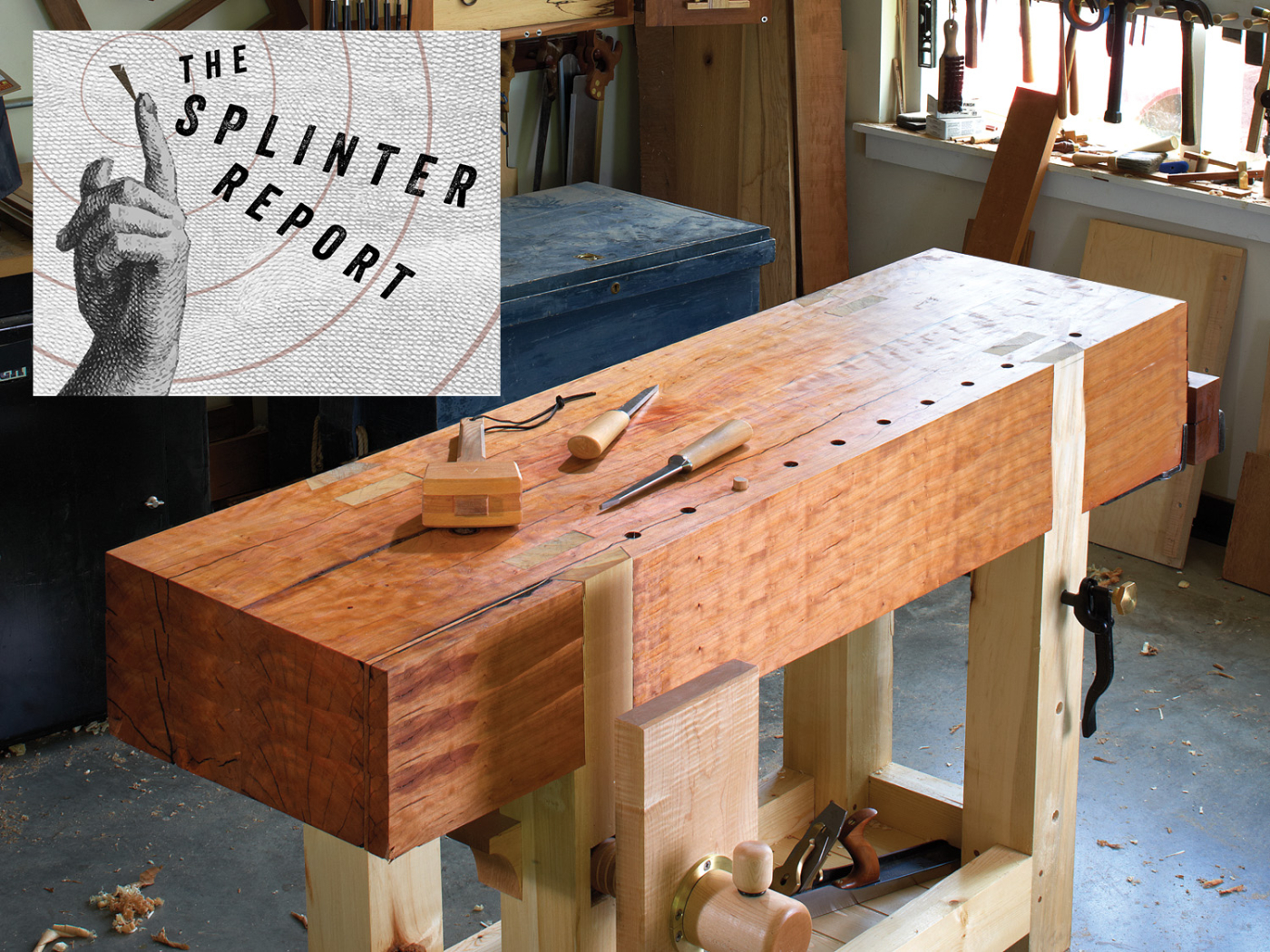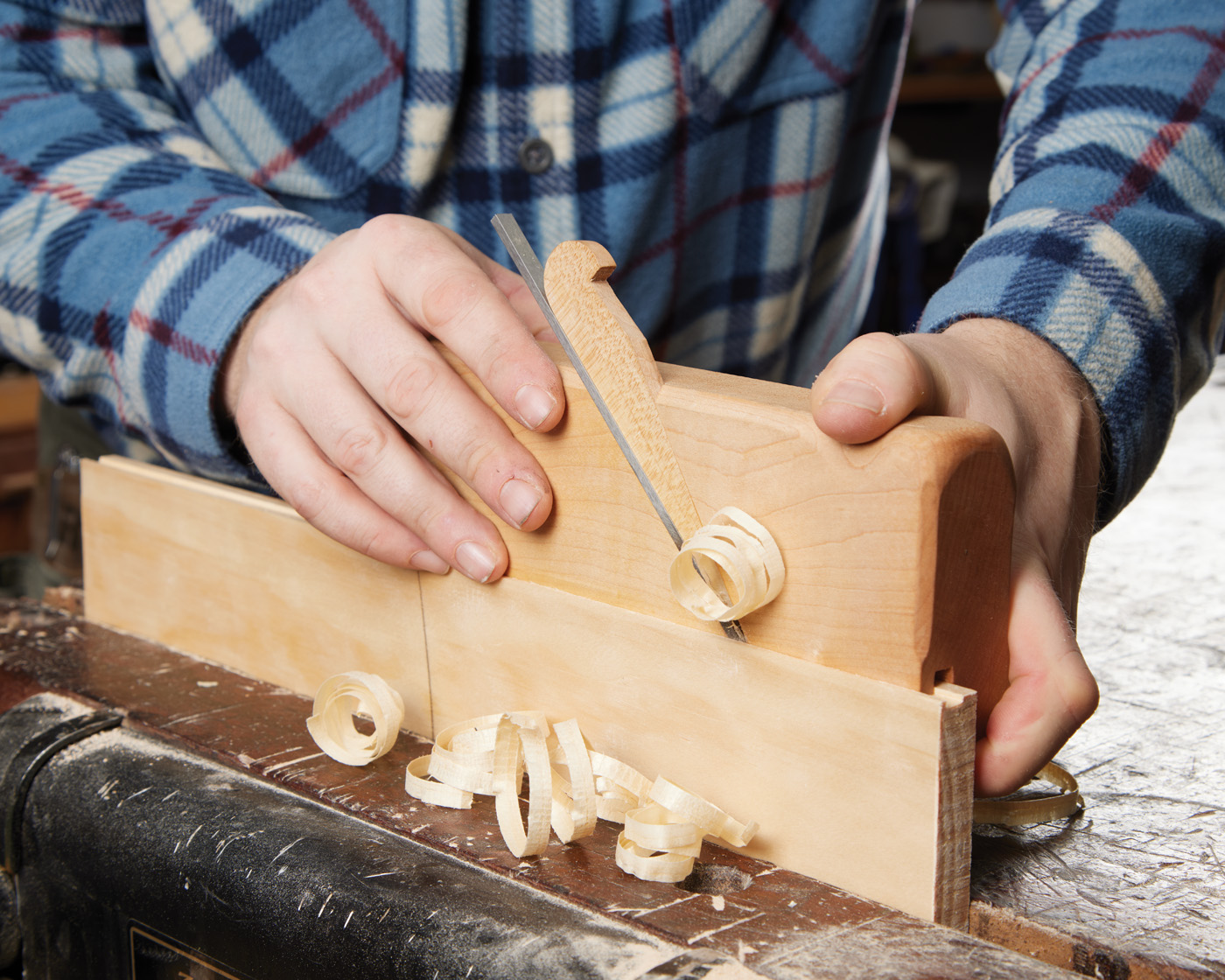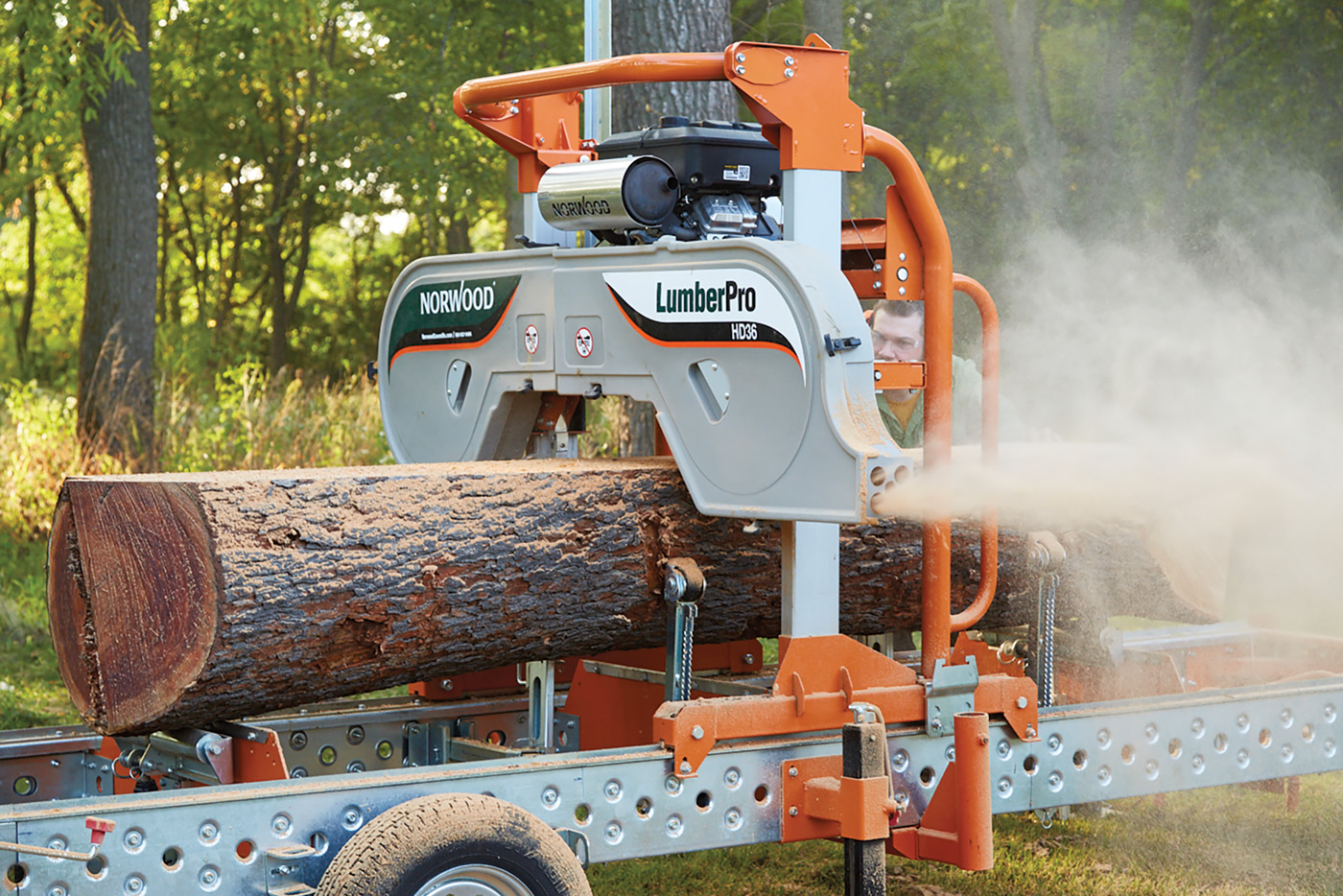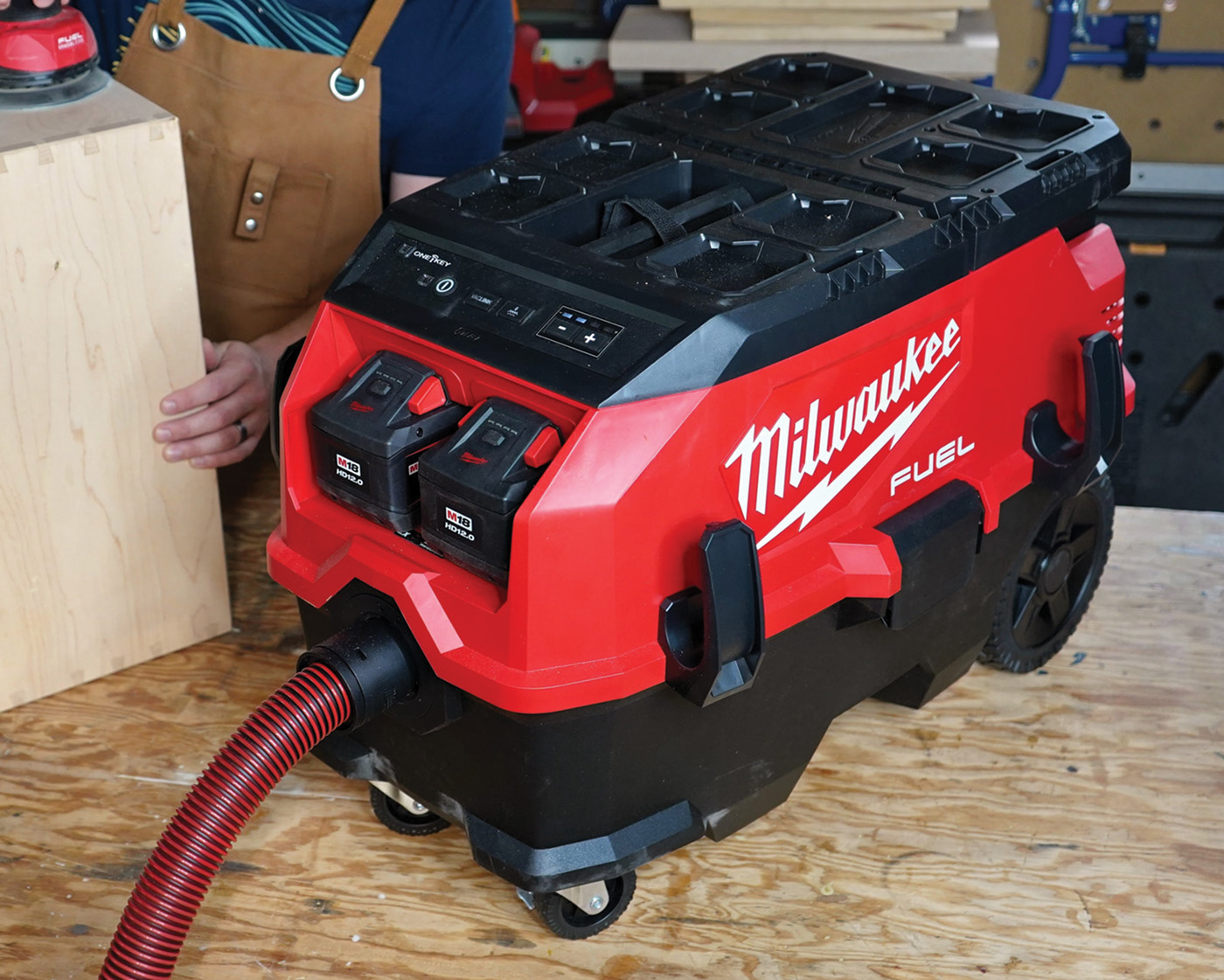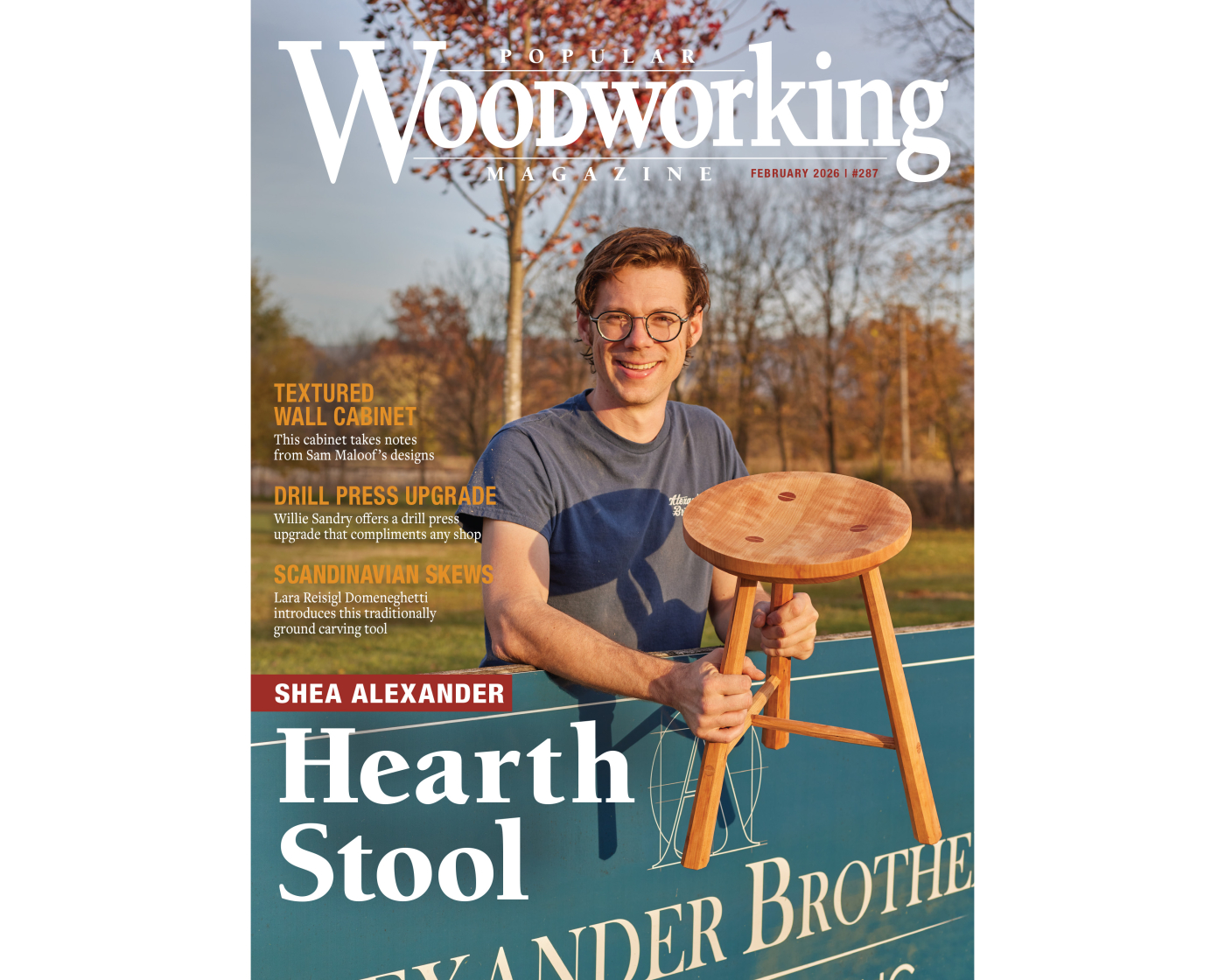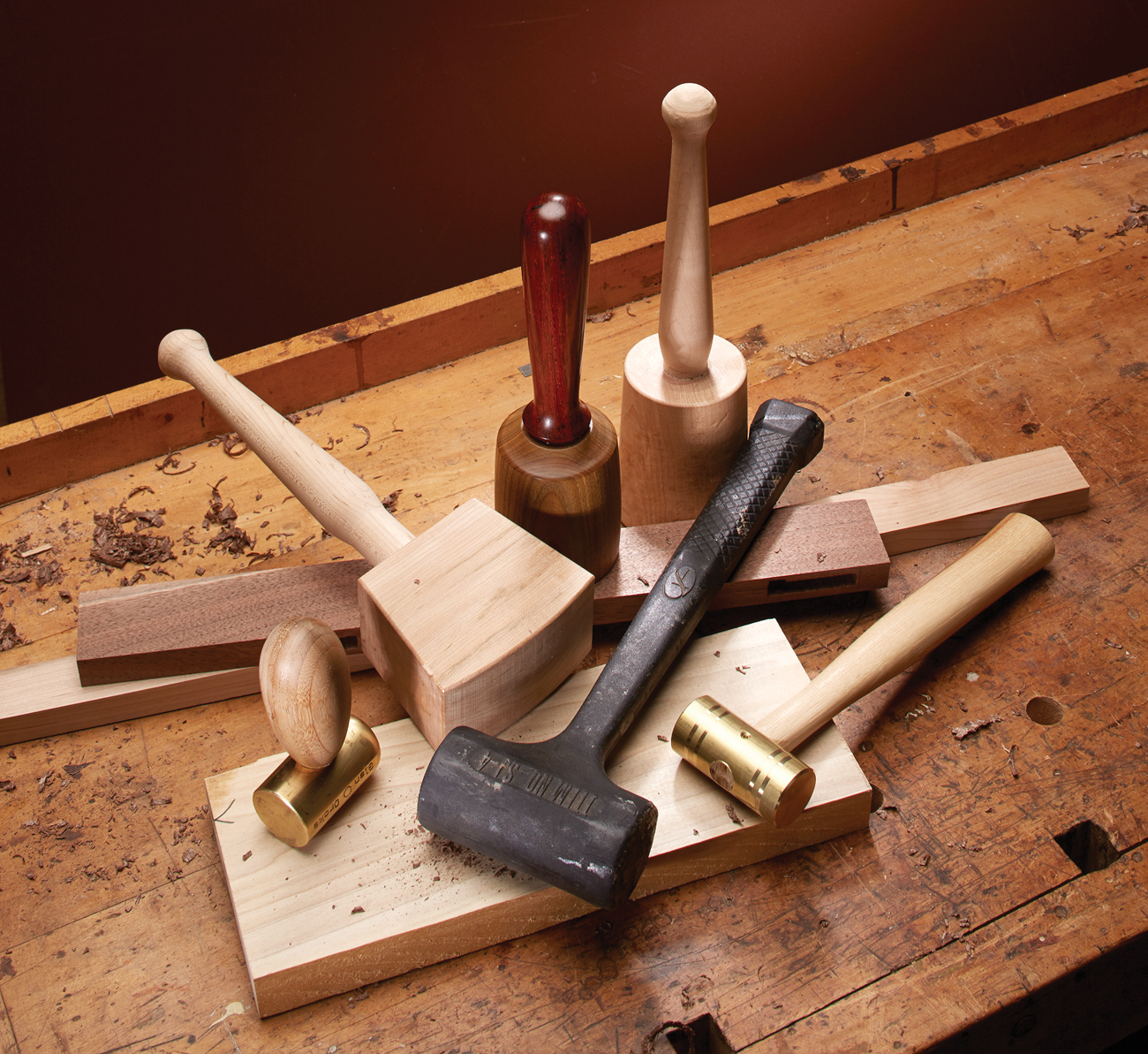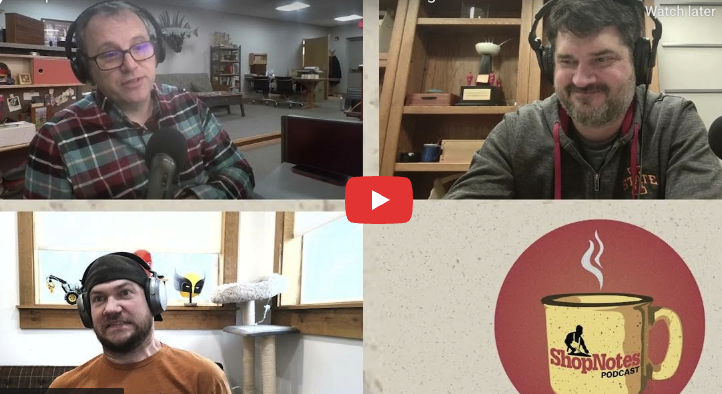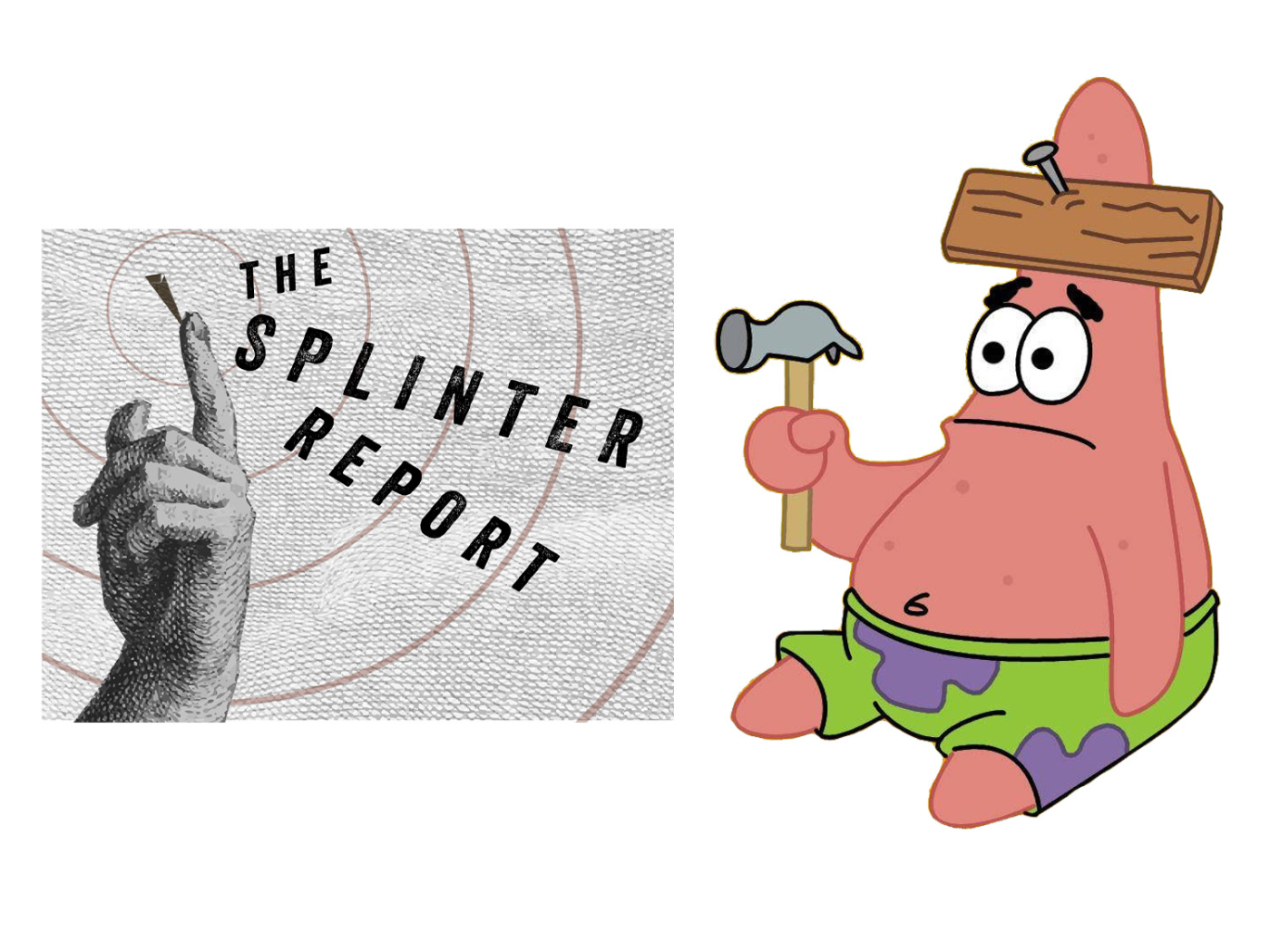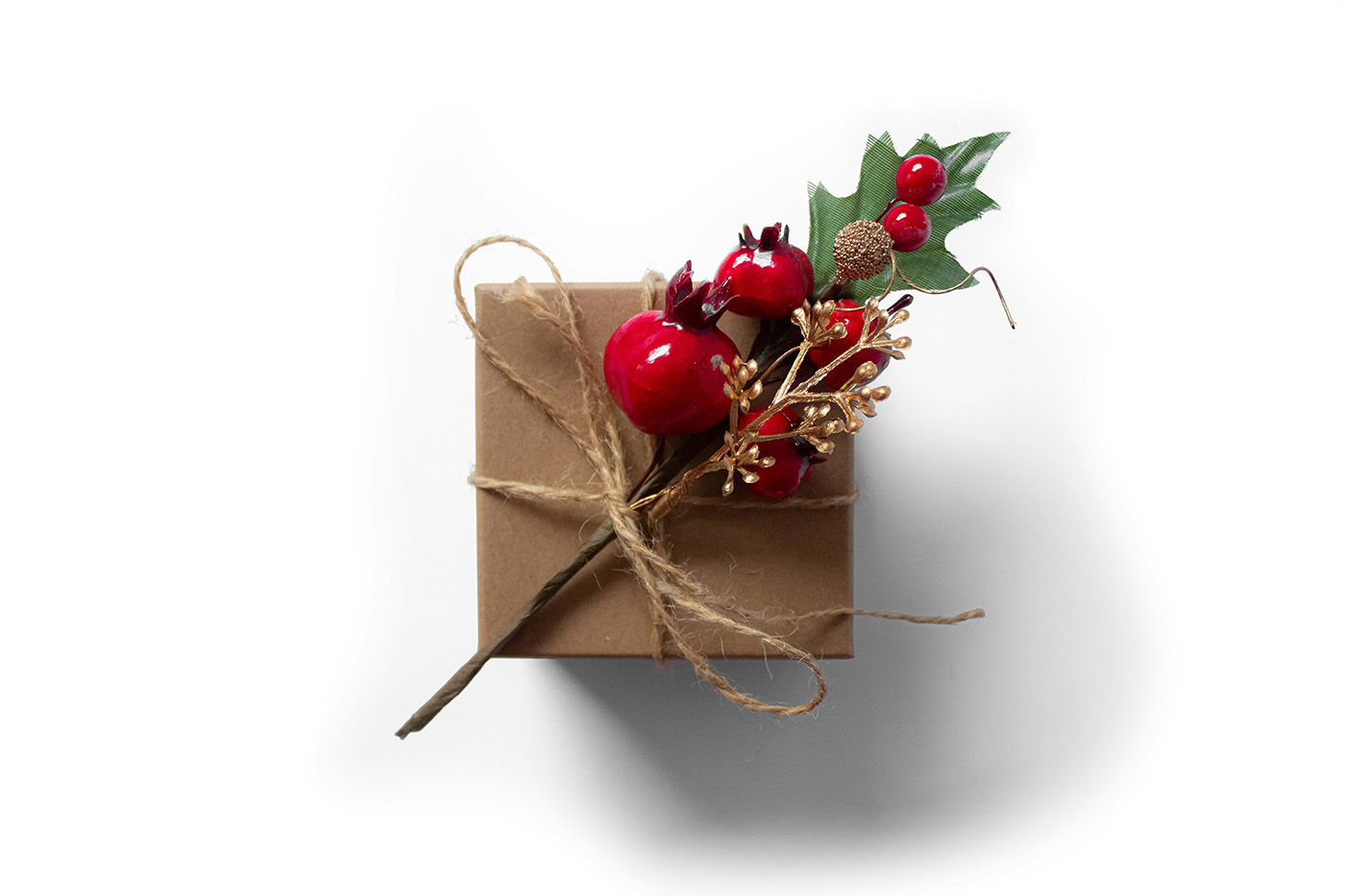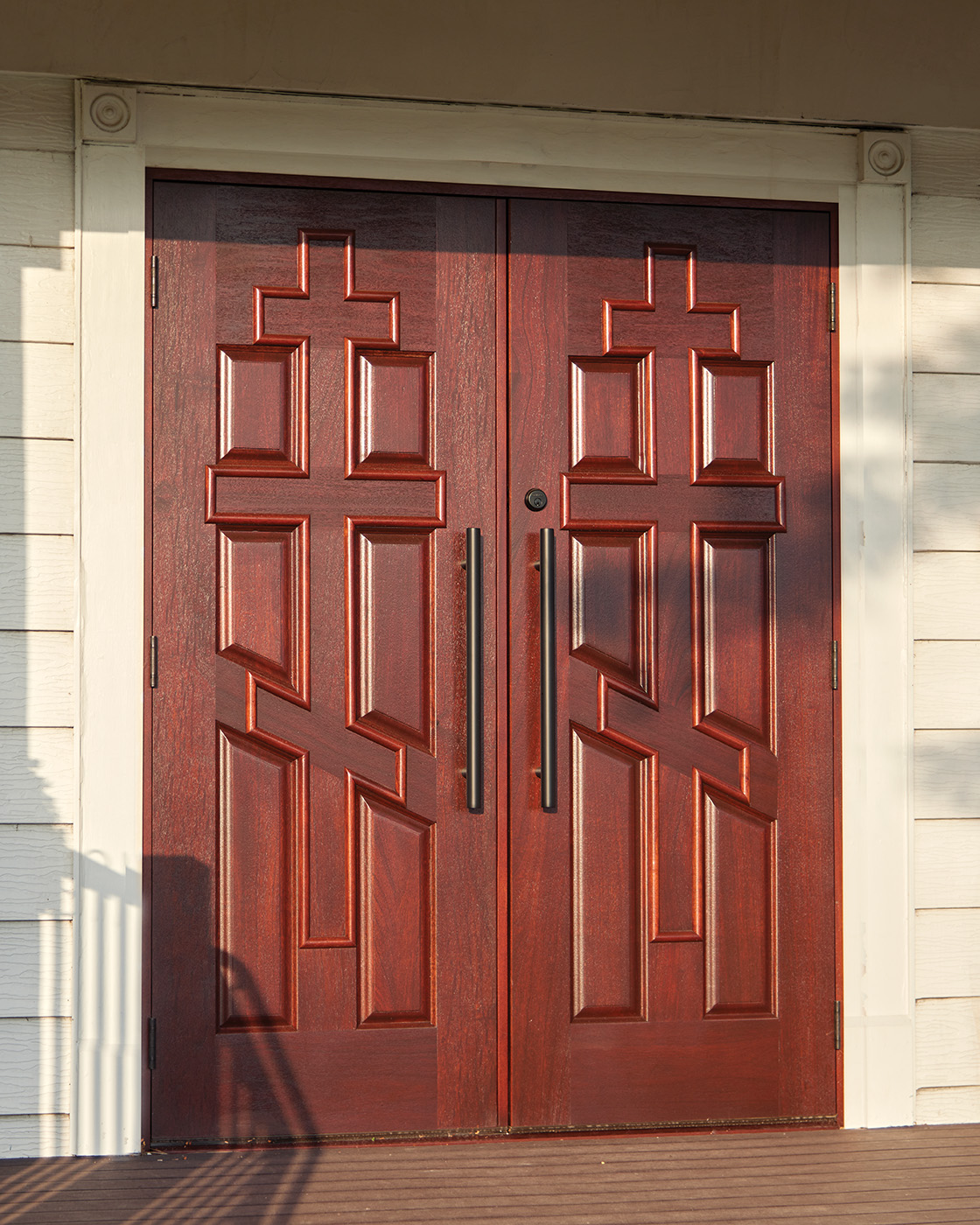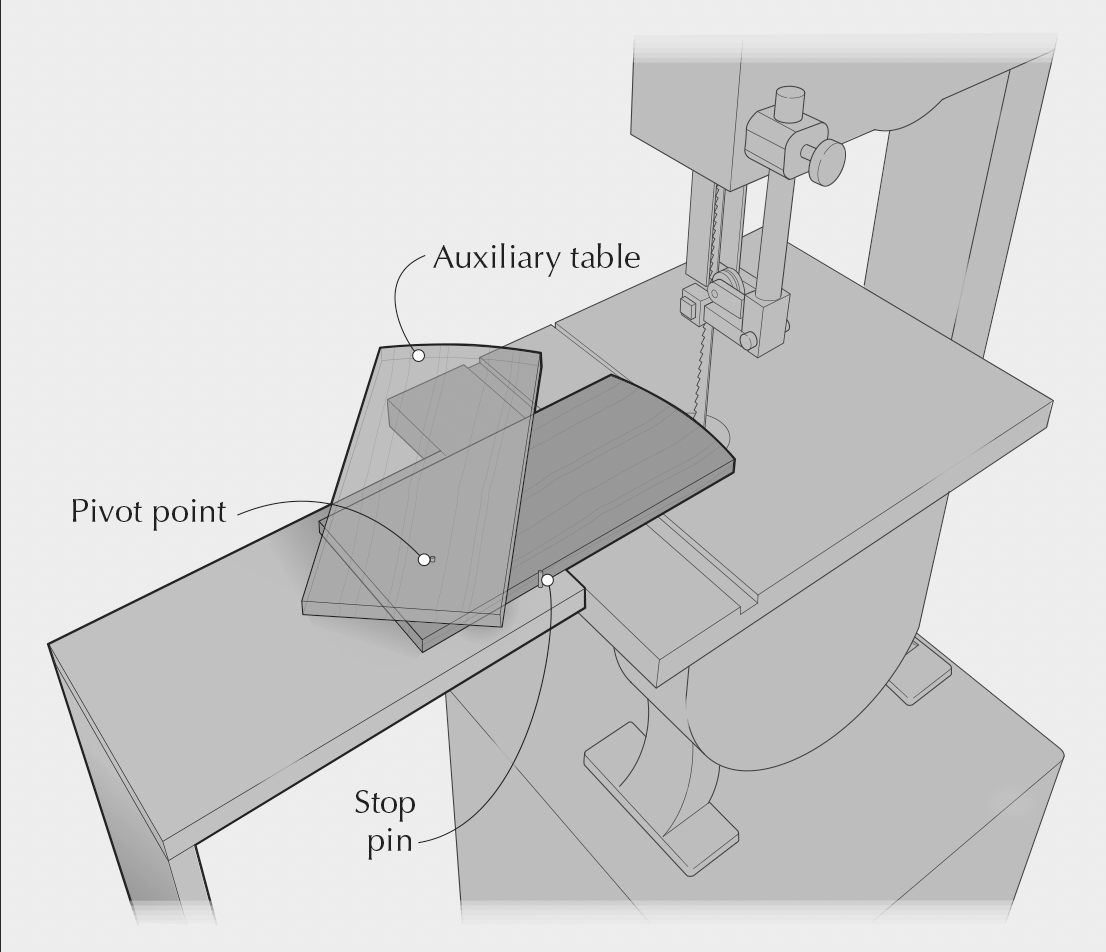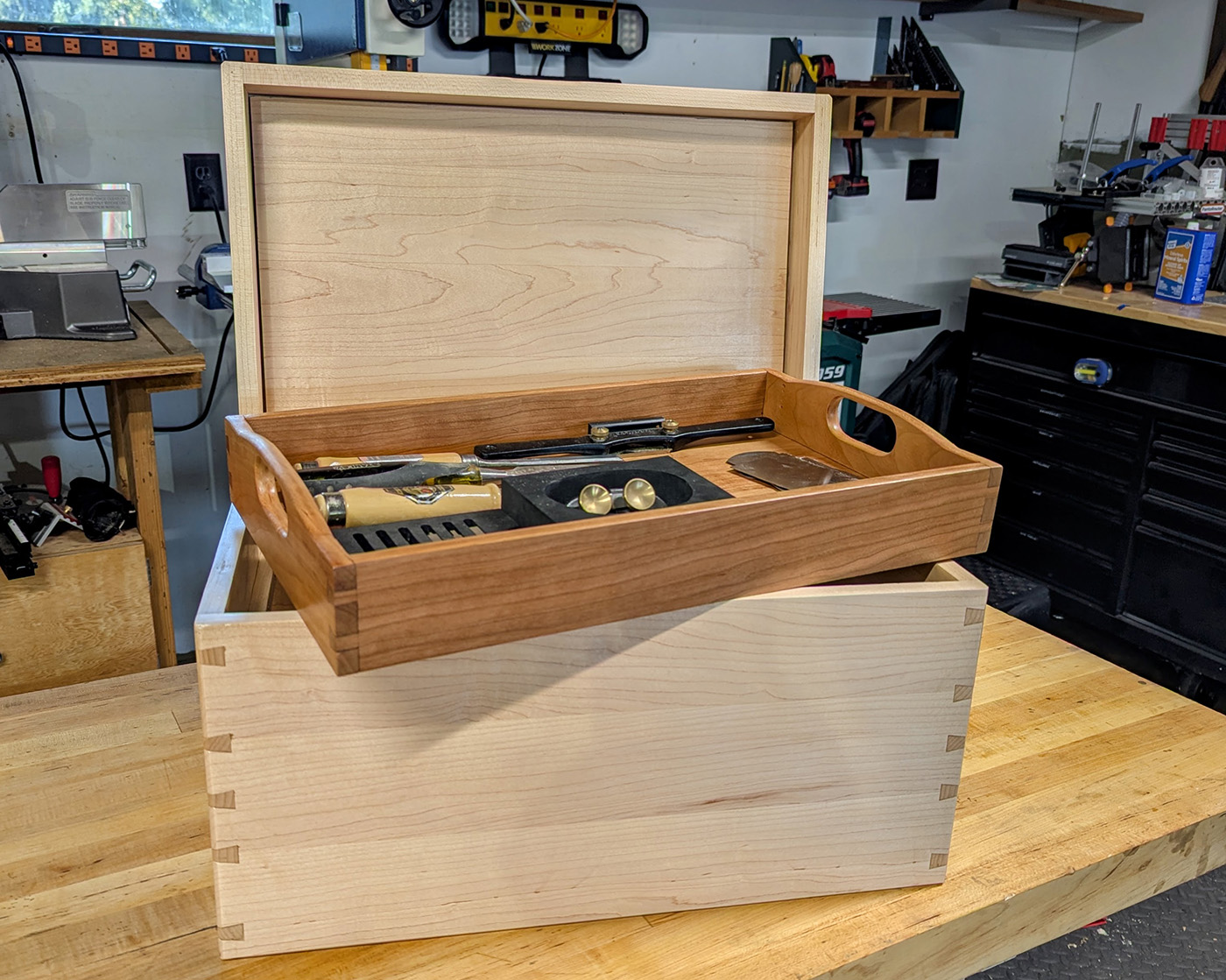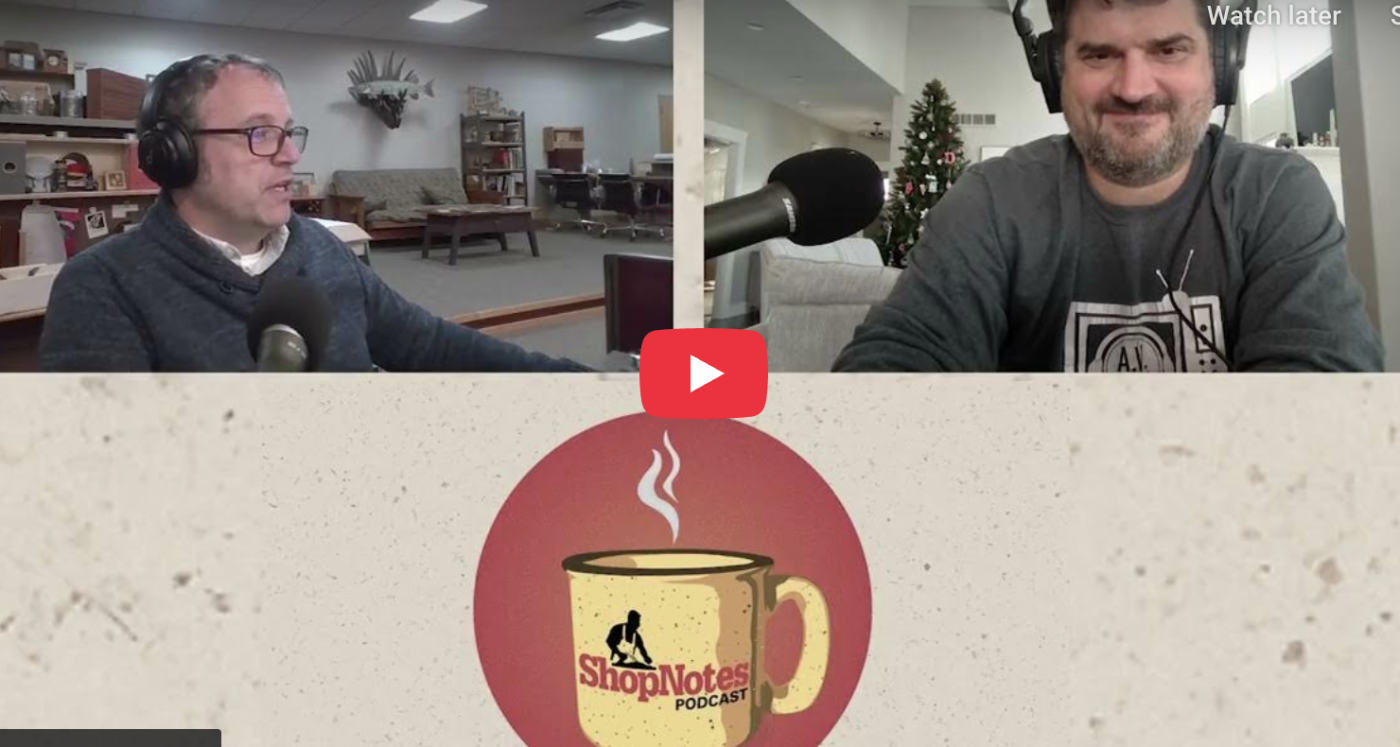More Posts
Featured Videos: Experts Guide to Gluing & Clamping Wood
Gluing and clamping is one the the most widely-used skills for woodworkers. Done correctly, you can make strong, lasting bonds in your projects. Done incorrectly, you’ll add additional time and frustration down the road. We’ll address best methods and practices and also look at possible variations. We’ll look at edge joints, mitered joints, casework and clamping and gluing curves. Our special thanks to Bessey and Titebond for sponsoring this series.



